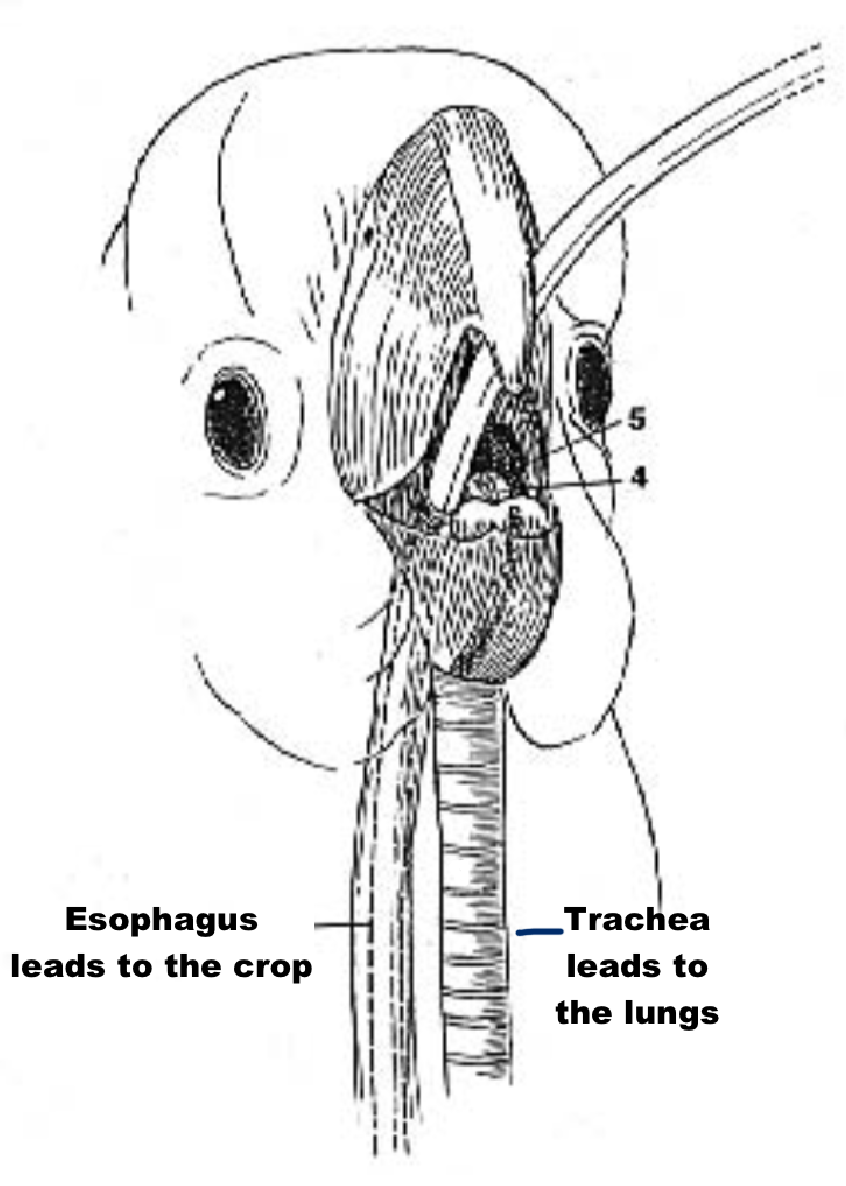Supportive Care - Syringe / Tube Feeding
- Sandra Witt
- Dec 22, 2017
- 3 min read
This blog is provided to give bird owners facts and references to medical resources for information on how to provide supportive care in the form of syringe feeding; it is NOT a blog on how to feed babies.

We are sometimes contacted for information on this subject from people who are usually working from some recommendation off an internet Bird group or a friend's advice. First and foremost we say go to your VET and discuss the need for syringe feeding. Usually your vet can provide instructions so this blog is provided as a supplement to a Vet's instruction.
Supportive feeding is sometimes called syringe, tube, or gavage feeding. Very sick birds will need this supportive care to replenish the glycogen stores needed for bodily function. Glycogen is an important fuel reserve for several reasons. The controlled breakdown of glycogen and release of glucose, increases the amount of glucose that is available between meals, so glycogen serves as the buffer to maintain blood-glucose levels. Glycogen's role in maintaining blood-glucose levels is especially important because glucose is virtually the only fuel used by the brain, except during prolonged starvation. Glucose from glycogen is readily mobilized and is therefore a good source of energy for sudden, strenuous activity. Unlike fatty acids, the released glucose can provide energy in the absence of oxygen and can thus supply energy for anaerobic activity.
A typical, early indication that your bird is sick birds is a reduced appetite and weight loss. (This is the reason we recommend regular weight checks.) As your bird stops eating, glycogen stores become depleted. A granivorious bird (including psitacine, passerine and galliform species) that stops eating altogether can deplete these stores within hours because of their high metabolic rate.
Still, not EVERY sick bird needs to be syringe fed. If your bird is not eating and not pooping that's an indication that you should be providing supportive care feedings. Another important indication for gavage feeding is a documented drop in body weight. If you track your birds weight (weekly) and see a steady decline for five weeks or a total weight loss of of 5% to 10% within this period then you should first GET TO THE VET and second start support feedings.

Contraindications & Potential Complications
The most important indication that you should NOT be tube feeding is lack of experience since improper tube feeding can result in:
Aspiration and possible death
If the tube is passed forcefully, it may cut the oropharynx. If this happens and feeding is continued, then food can be injected through the laceration and into the surrounding tissue potentially causing life-threatening cellulitis.Restraint and tube passage should be practiced so the technique can be performed efficiently, safely, and gently in the patient.
Tube feeding should NOT be used in birds that are regurgitating, dehydrated, or those that are not alert, responsive, or able to keep their heads up.
Calculate the volume to be fed.
The crop may hold up to 5% of body weight, or 50 ml/kg, in an adult bird. It's wise to start with a volume that is 1/3 to 1/2 of the estimated crop volume, especially if your bird is really sick. As an example, the crop of a 100-gram bird should hold approximately 5 ml of fluid, so for the first feeding, feed only 2 to 3 ml of food. If that volume is tolerated (i.e., the bird does not regurgitate) then the volume can be increased at the next feeding to 3 or 4 ml. By the third feeding, volume may be increased to 5 ml.
Know the anatomical structure BEFORE you start!


